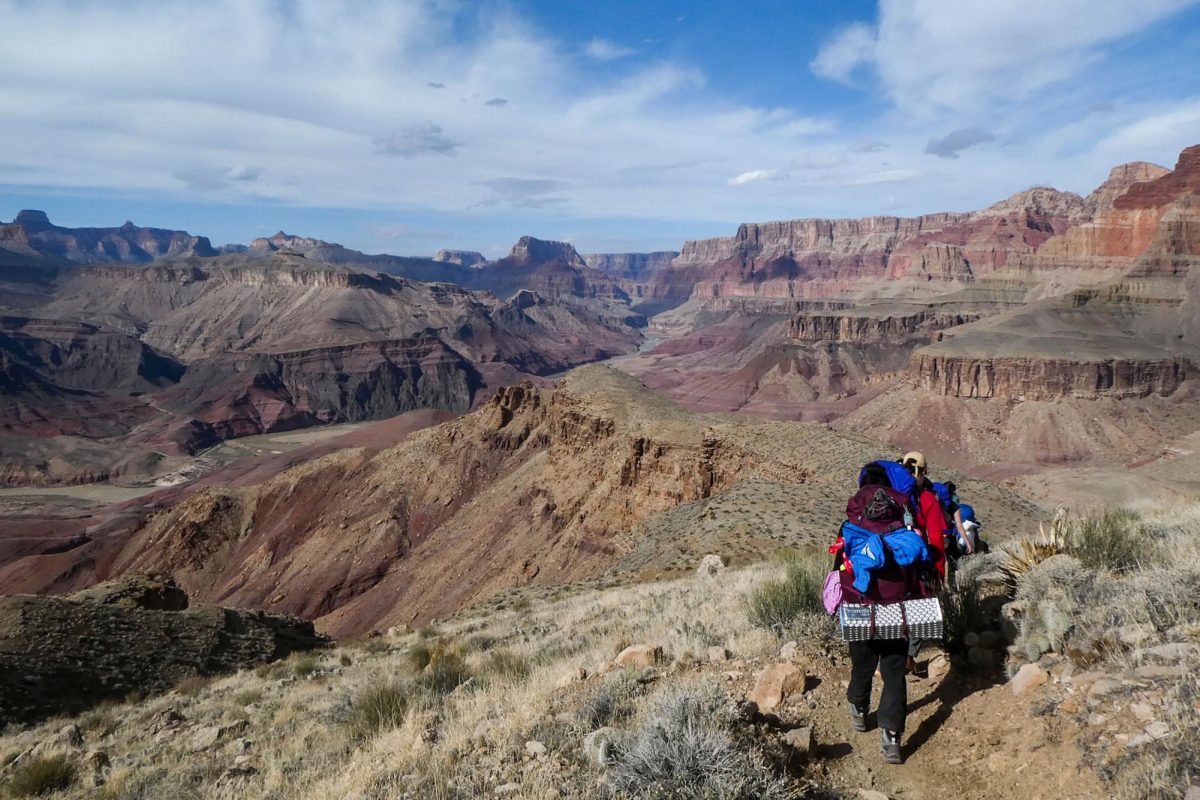Web Extra
Integrating community service into the classroom has expanded at GW recently, coming only months after a report suggested GW make service-learning a more central part of its curriculum.
“Service and service-learning are becoming more and more common, introducing GW students to the concept of civic responsibility even before they start their college careers,” said Timothy Kane, director of the Office of Community Service. “GW staff and faculty work with students to refine that concept and we offer students ways to put their desire to serve into action.”
In January, the Service-Learning Advisory Board issued a report that recommended that GW make service-learning a more central part of a GW education.
“We developed the report as a way to lay out a strategic plan and get the word out, but it can be adapted and revisited once we have more direction from (University) President (Steven) Knapp,” said Emily Morrison, an administrative manager in the medical school and co-author of the report. “I think it’s fair to revisit the report periodically as the needs of the University and the community change.”
The report states that because GW uses community service in its advertisements for prospective students, like in its “Classroom, City, Campus” admissions motto, there should be more of an emphasis on service-learning at GW.
“Many (students) have expressed dismay that more classes do not offer Service-Learning opportunities,” the report said.
Thirty-six faculty members in 21 departments incorporate service-learning into their classes, representatives from the University said. Dr. Phyllis Mentzell Ryder requires the students in her University Writing course to perform community service.
“Service-learning keeps us focused on how academic research can work in the real world and helps students to stay engaged in their research project,” she said.
GW students contributed more than 55,000 hours of service by over 2,500 students, valued at over $1.5 million the last academic year.
Students at American volunteered 64,900 hours of community service last year, and Boston University students volunteered 75,000 community service hours, according to community service centers in those universities. Georgetown students spent a total of 30,000 hours volunteering.
In 2006, GW was ranked number one in the country for producing the most Peace Corps volunteers of any mid-sized college or university. In 2005, GW was ranked No. 4 in the country for our dedication to service by the Washington Monthly College Guide, and was also featured as a national model for civic engagement by Colleges with a Conscience, which is published by the Princeton Review.
“I think that as the OCS has grown and information about service learning has been more readily available, it has become more popular within teaching,” said sophomore Amanda Formica, service learning assistant to OCS. “This and the administration taking an active interest in service learning all raise awareness on campus,”
Junior Amy Dorfman, a human services major, said students need to see D.C. as not just a political hub, but also a city with social problems.
“I think that it (community service) helps us become a better community partner,” she said. “While D.C. may be the center of the national political power, it is also a community with large problems of racial, economic, and social injustice, poverty, domestic violence. Sometimes we forget that we’re living in a community with domestic and national issues.”







